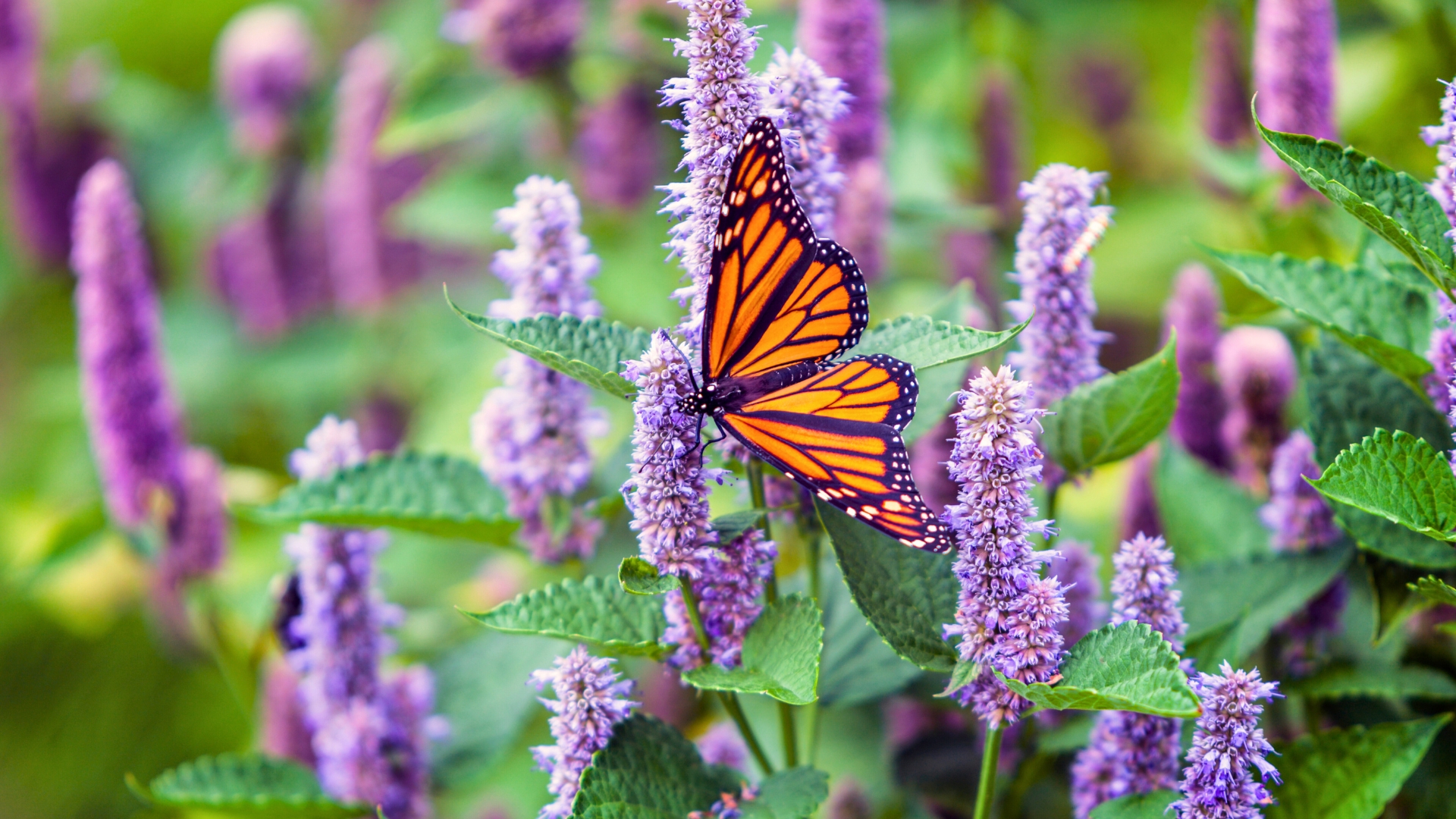Create A Buzzing Butterfly Spot With These 11 Summer-Ready Tips
Want butterflies fluttering around like it’s a garden party? These 11 summer-ready tips turned my yard into a little paradise they can’t resist.
I still catch myself smiling every time I see a new visitor land on my flowers. It’s easier than you think to create a space they’ll love—and it makes your garden feel magical too.
Let’s get your garden buzzing with color, wings, and all the good vibes!
1. Plant Native Flowers
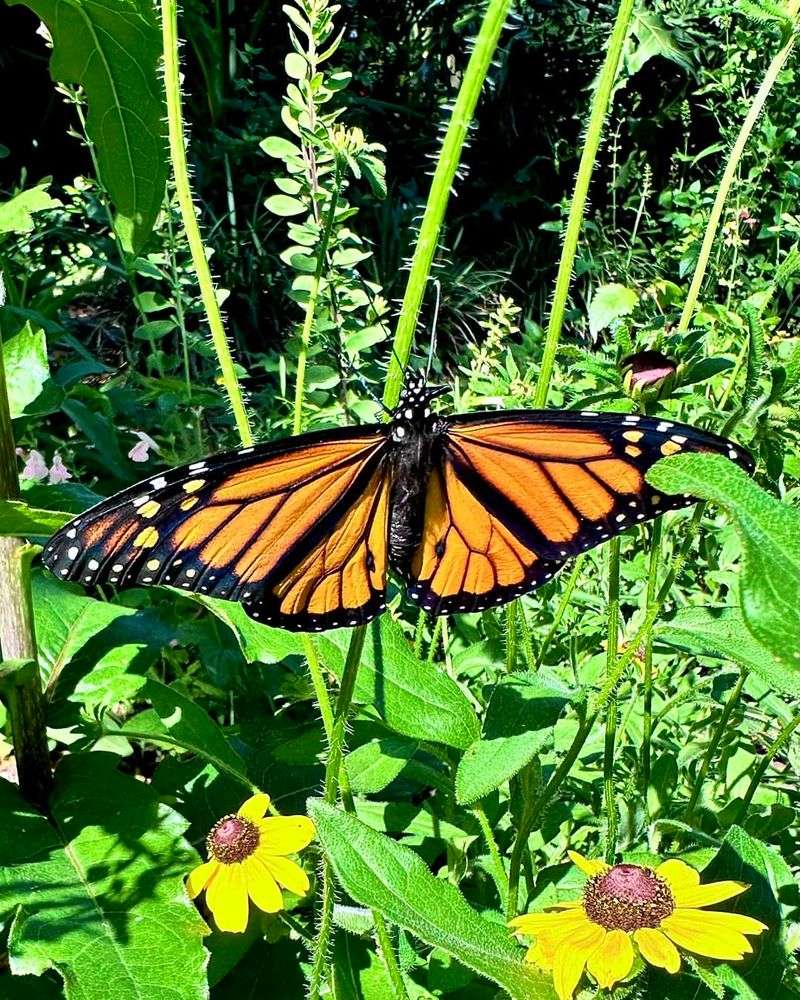
Native flowers are absolute butterfly magnets! These plants have evolved alongside local butterfly species, providing exactly what they need to thrive.
Choose varieties like coneflowers, black-eyed Susans, and milkweed that naturally grow in your region. Native plants typically require less maintenance and water once established, making them perfect for busy gardeners.
2. Create Sunny Spots
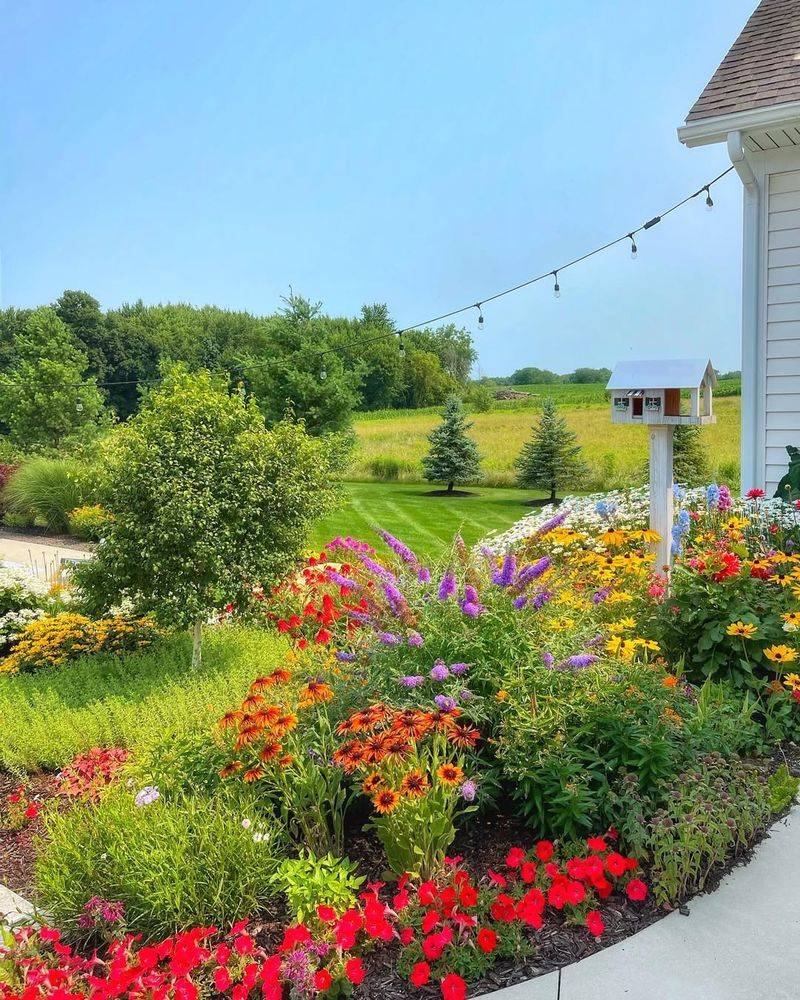
Butterflies need warmth to fly! These cold-blooded creatures rely on sunshine to heat their wing muscles before taking flight. Without enough sun, they simply can’t move around your garden.
Arrange flat rocks in sunny locations to give butterflies perfect basking spots. They’ll use these natural heating pads throughout the day, especially during cooler mornings when they’re preparing for their daily activities.
3. Provide Shallow Water

Butterflies get thirsty too! A shallow dish with water and a few pebbles creates the perfect butterfly watering hole for hot summer days.
Place your butterfly bath in a visible spot where you can enjoy watching them drink. The pebbles give butterflies safe places to land since they can’t swim, allowing them to sip water without drowning. Remember to change the water frequently to prevent mosquitoes.
4. Avoid Pesticides
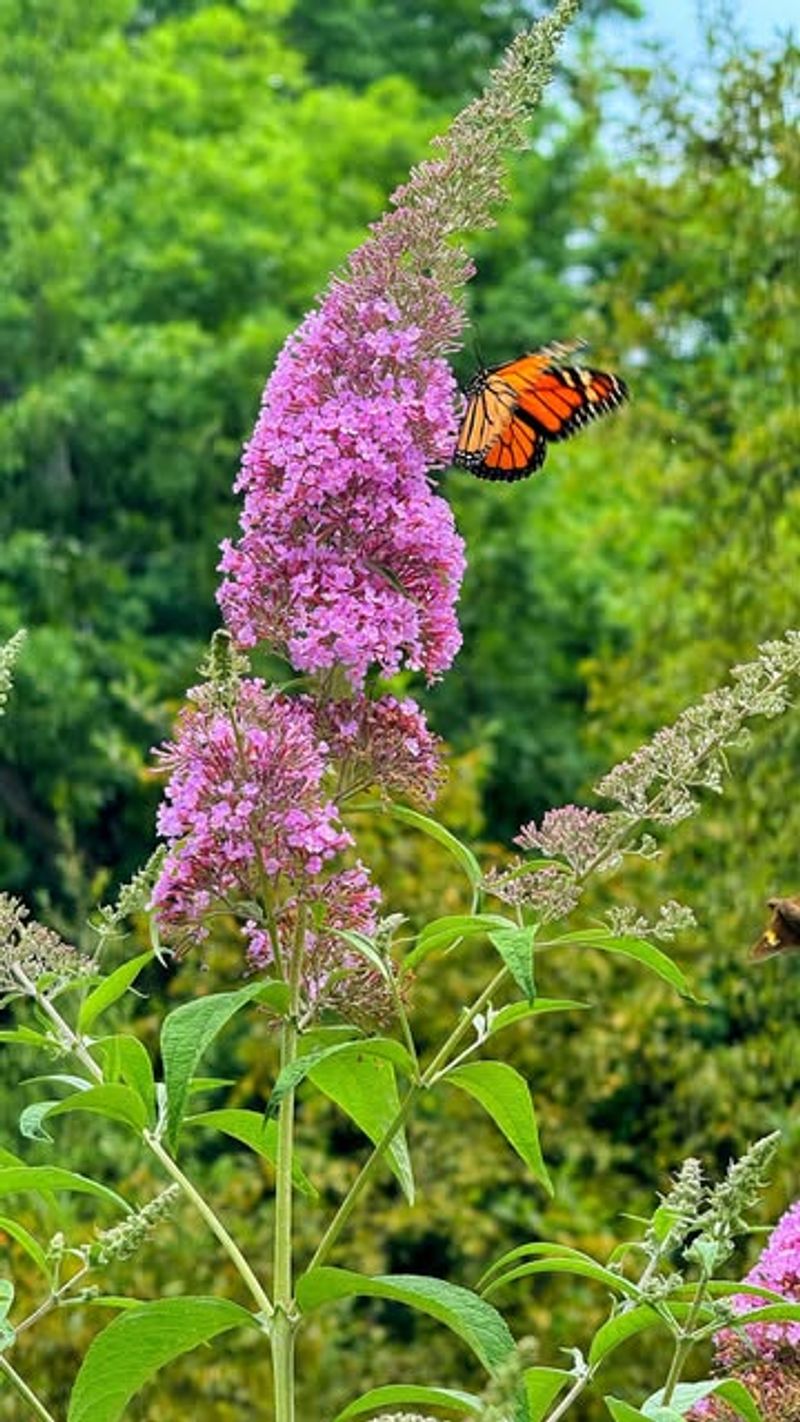
Chemical pesticides are butterfly killers! Even products marketed as “natural” can harm these delicate creatures and their caterpillar babies.
Switch to companion planting and manual pest removal instead. Marigolds naturally repel many garden pests, while ladybugs and praying mantises eat unwanted insects. Your butterfly visitors will thank you for creating a safe, chemical-free environment where they can feed and reproduce.
5. Include Host Plants
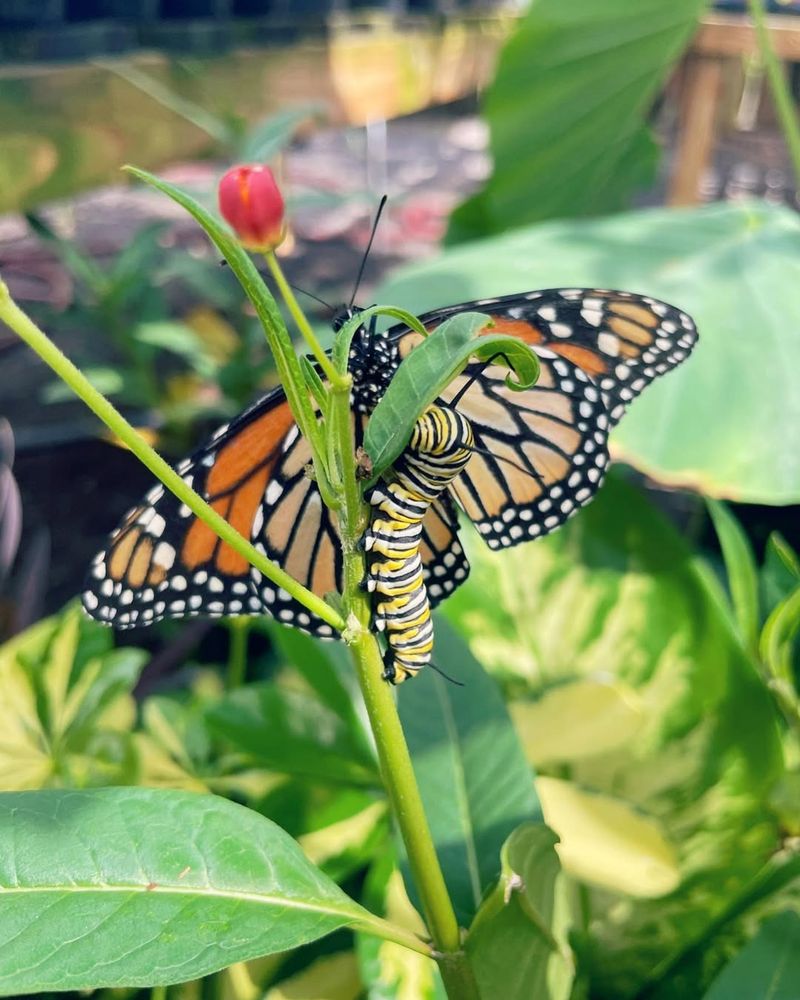
Host plants are the nurseries of your butterfly garden! Different butterfly species need specific plants to lay their eggs on—these aren’t always the same as nectar plants.
Monarchs famously need milkweed, while swallowtails prefer parsley and dill. Research which butterflies are common in your area and plant their preferred host plants. Soon you’ll enjoy watching the entire butterfly life cycle right in your garden!
6. Create Shelter Areas
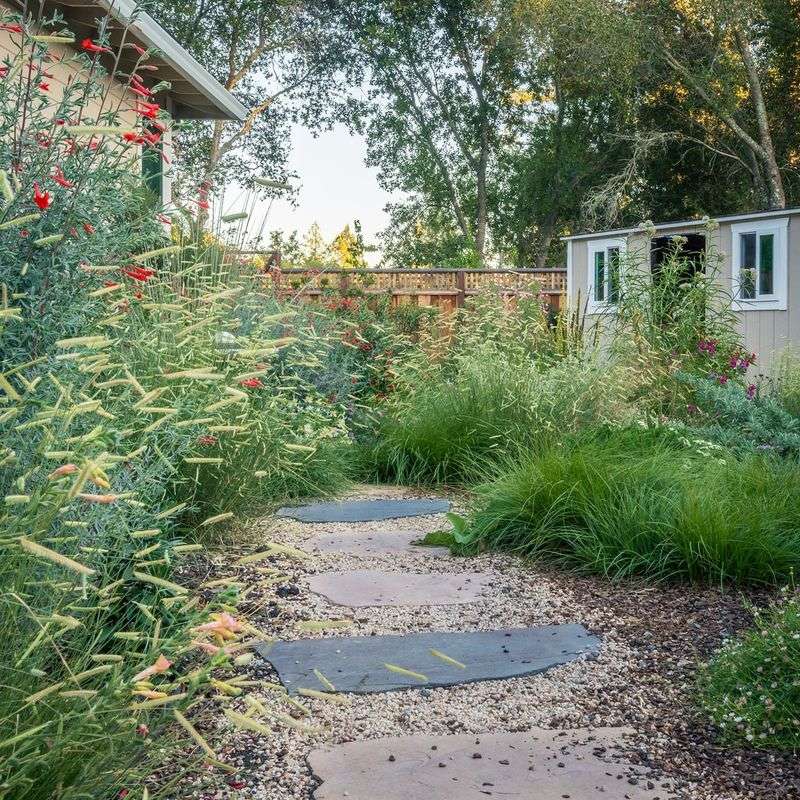
Butterflies need protection from wind, rain, and predators! Shrubs, tall grasses, and small brush piles provide crucial hiding spots during bad weather and nighttime.
Leave some areas of your garden slightly wild and untrimmed. The natural tangle of branches and leaves creates perfect butterfly shelters. These protected spaces also give butterflies safe places to rest when they’re not actively feeding or flying.
7. Offer Fruit Feeders
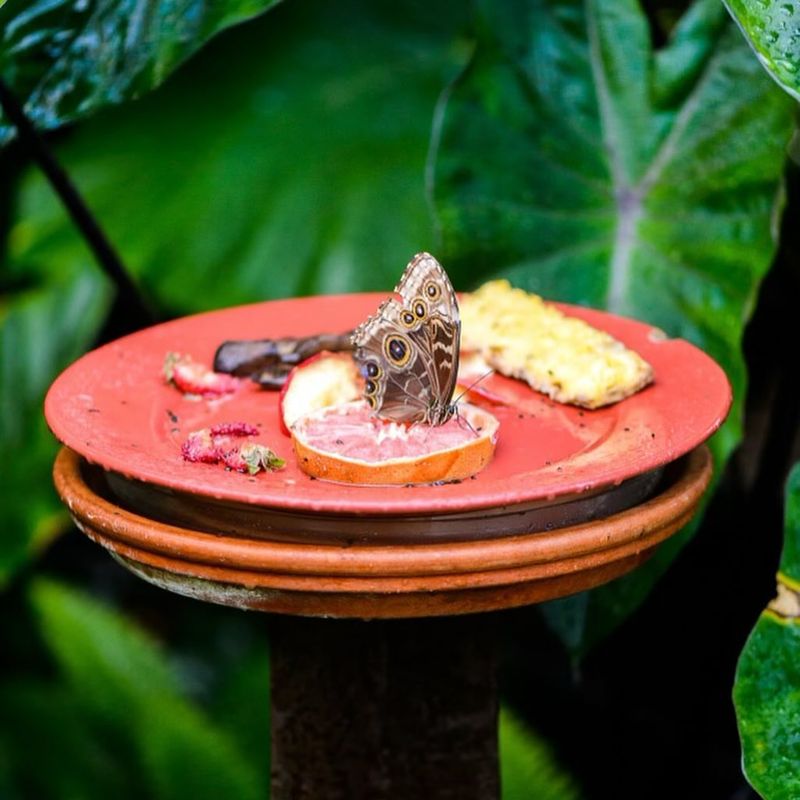
Overripe fruit makes an irresistible butterfly buffet! Many species actually prefer fermenting fruit to flower nectar, especially certain swallowtails and admirals.
Hang a shallow dish with sliced bananas, oranges, or watermelon from a tree branch. Replace the fruit every few days before it molds. You’ll attract different butterfly species than flowers alone would, creating a more diverse butterfly population in your garden.
8. Plan Continuous Blooms
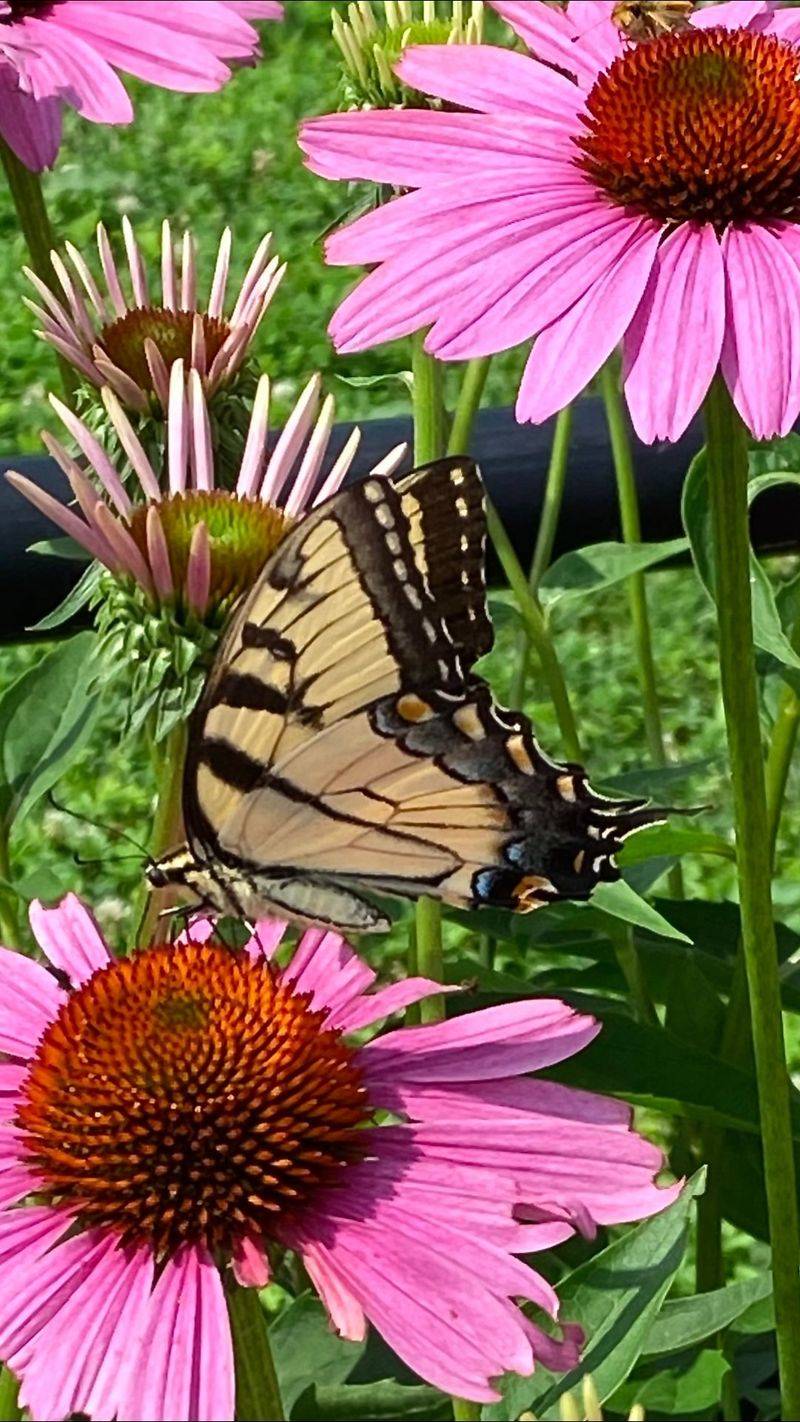
Staggered flowering schedules keep butterflies coming back! Plan your garden to have something blooming from early spring through late fall to provide a constant food source.
Early crocus and lilac give way to summer coneflowers and bee balm, followed by fall asters and goldenrod. Research bloom times for your region and plant accordingly. This continuous buffet ensures butterflies have reasons to visit your garden throughout the entire growing season.
9. Install Butterfly Houses
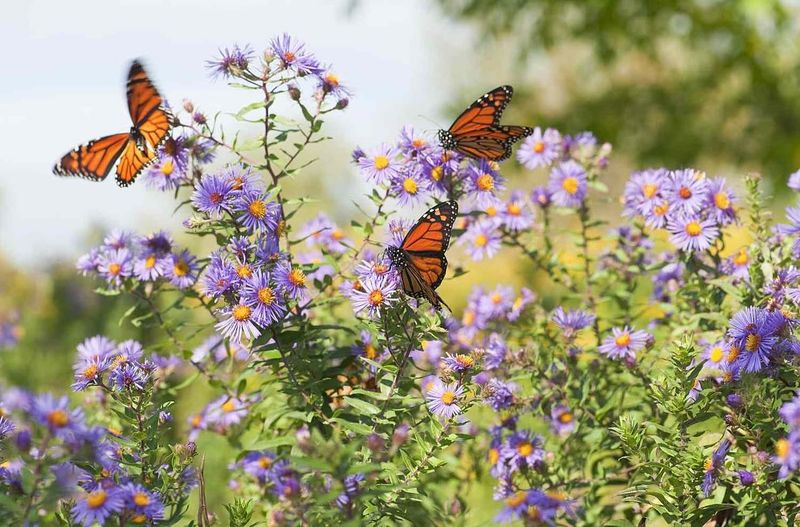
Butterfly houses add charm while providing overnight protection! These decorative wooden structures have narrow vertical slits that allow butterflies to enter but keep predators out.
Mount houses on posts or hang from trees at least 4 feet above ground. Position them facing south or southeast to catch morning sun. While not all butterflies will use them, those that do appreciate the protection from rain and predators.
10. Create Puddling Stations
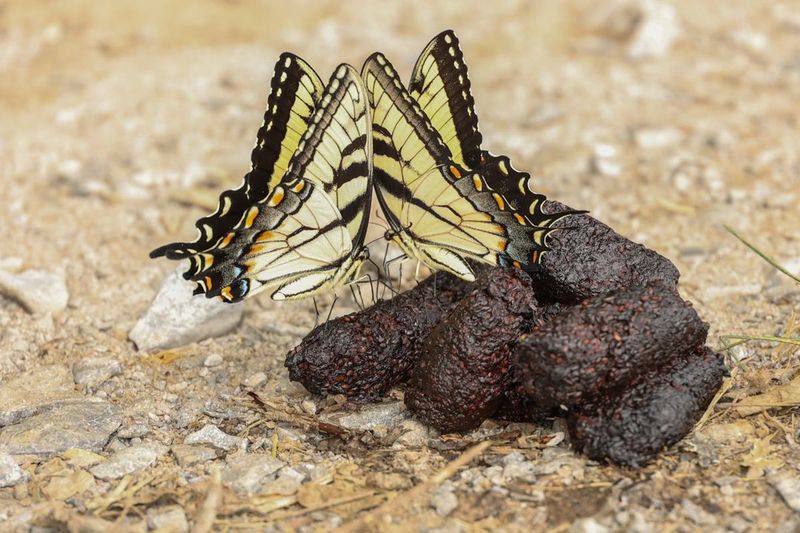
Male butterflies love mineral-rich mud puddles! They extract essential salts and nutrients from damp soil that they can’t get from nectar alone.
Make a puddling station by filling a shallow dish with sand, soil, and a pinch of salt. Keep it consistently damp but not flooded. You might even catch groups of butterflies gathering at your puddling spot—a beautiful phenomenon called “butterfly puddling parties!”
11. Maintain Open Spaces
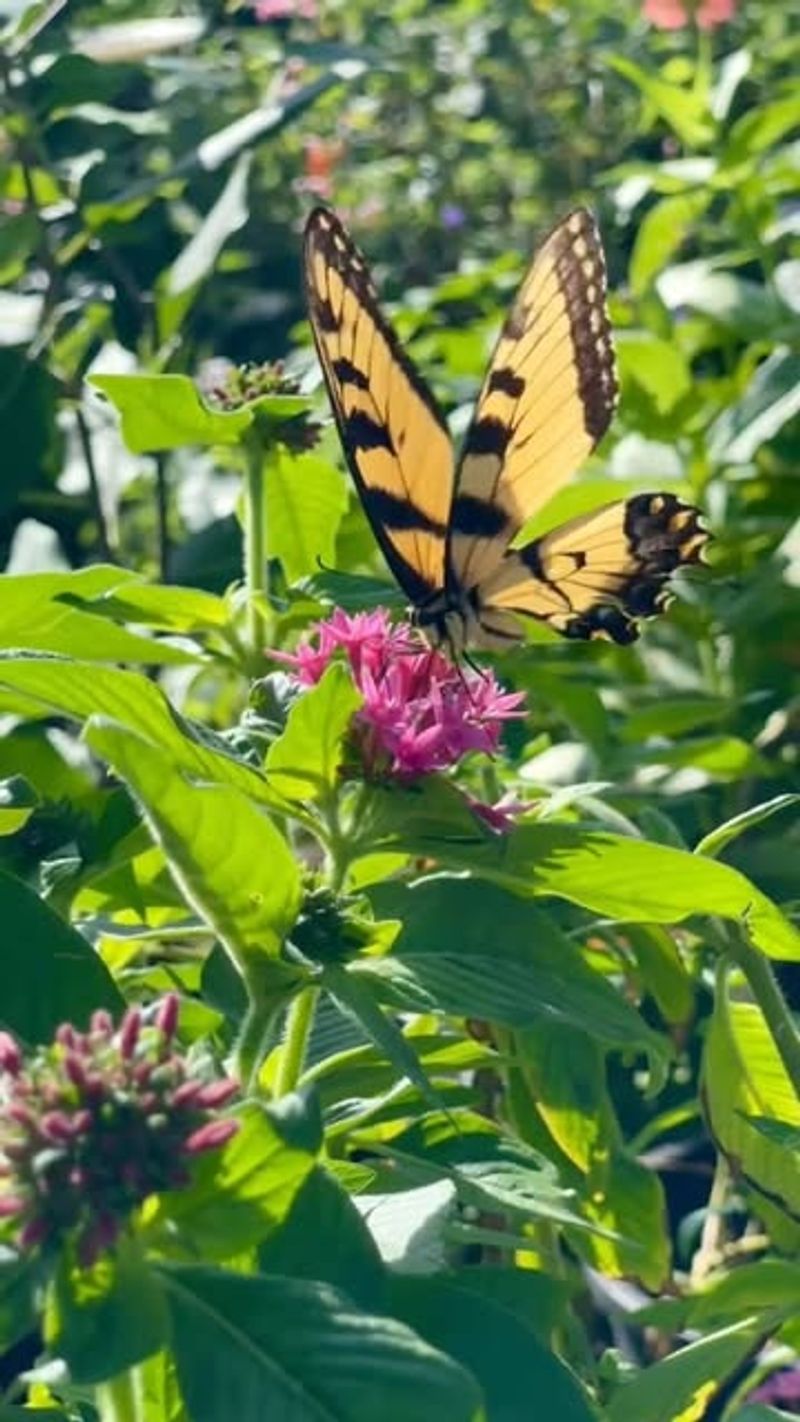
Butterflies need room to dance through the air! Leave open flight corridors between plantings so butterflies can navigate easily through your garden.
Arrange plants in clusters rather than scattered individual specimens. This creates both clear flight paths and concentrated feeding areas. Butterflies expend less energy when they can fly directly between nectar sources, making your garden more attractive and functional for these beautiful visitors.

